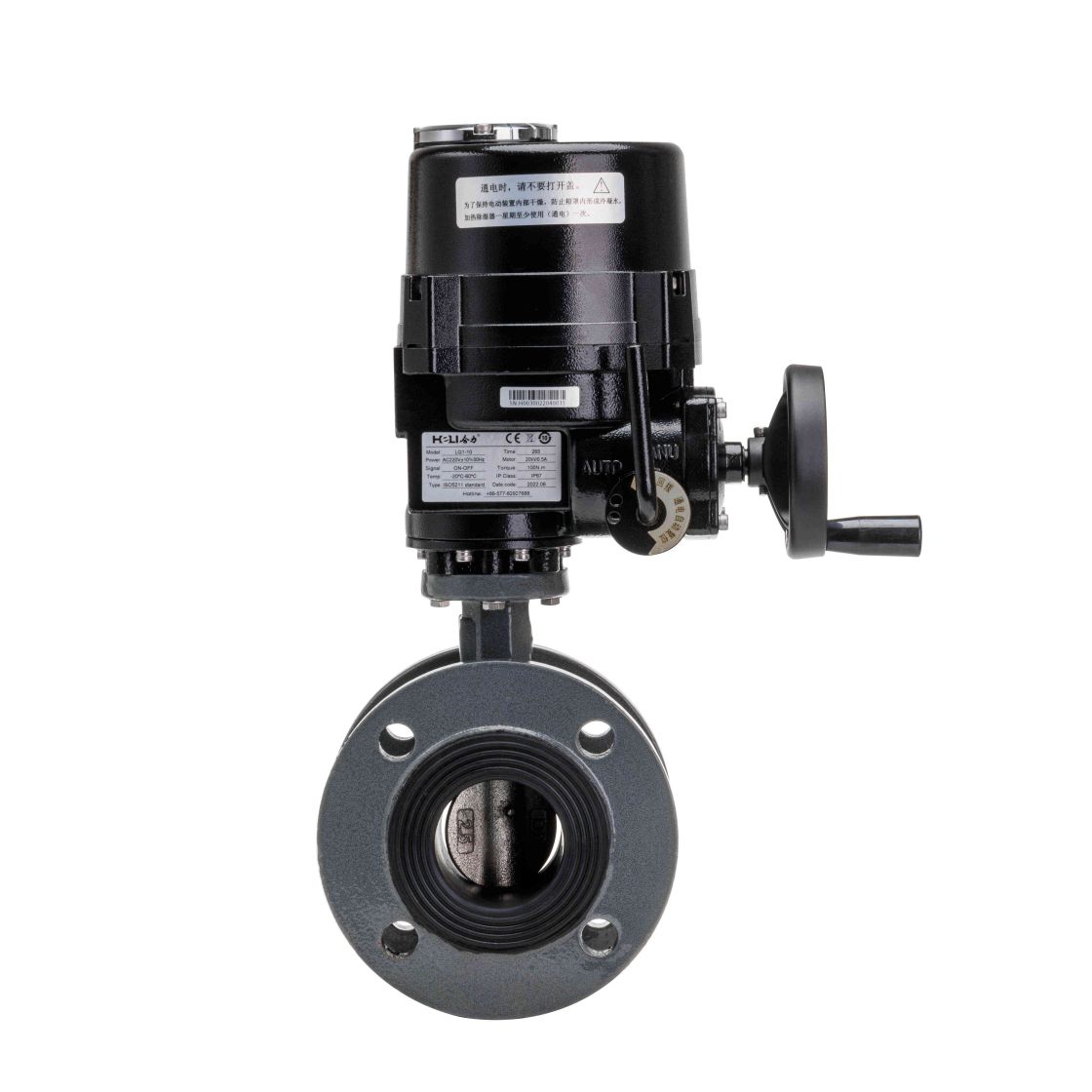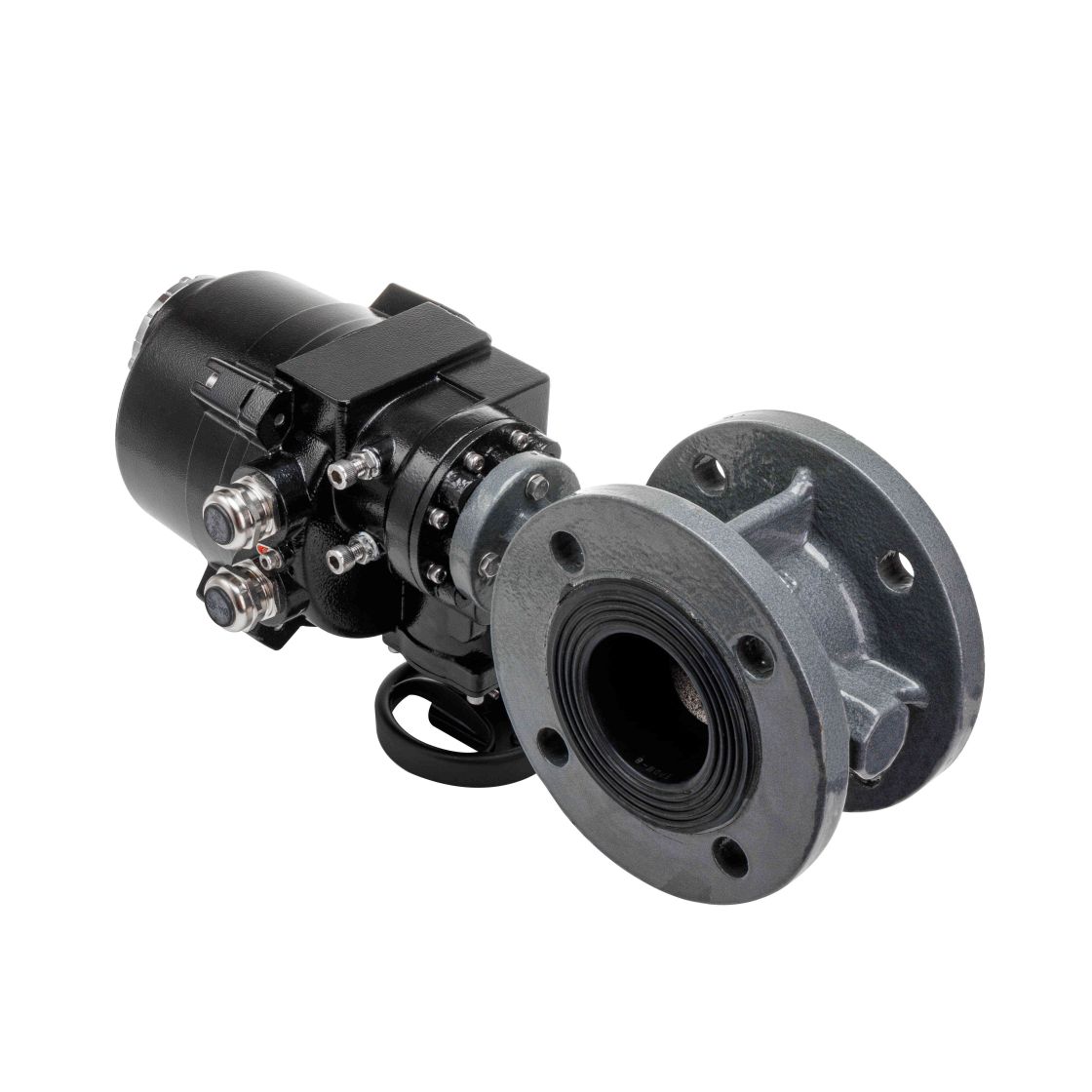
The marine industry is constantly evolving, with new technological innovations driving efficiency and safety across the sector. Among these advancements, the marine electric ball valve has emerged as a game-changer, offering reliable and automated control over the flow of liquids and gases. As a critical component in various marine systems, electric ball valves are playing a significant role in improving operations across a wide range of maritime applications, including oil and gas transportation, wastewater management, and HVAC systems. In this article, we’ll explore the role of a marine electric ball valve manufacturer and how these products are shaping the future of the marine industry.

What Are Marine Electric Ball Valves?
A marine electric ball valve is an automated valve system that uses an electric actuator to open or close the valve. The valve itself consists of a spherical ball with a hole through its center. When the ball rotates, it either allows or blocks the flow of fluids. The electric actuator, typically powered by 24V DC or 110V AC, controls this rotation via an electric signal, enabling precise control of fluid flow with minimal manual intervention. The primary advantage of these valves lies in their ability to be controlled remotely, reducing the need for human interaction, improving safety, and optimizing performance.
